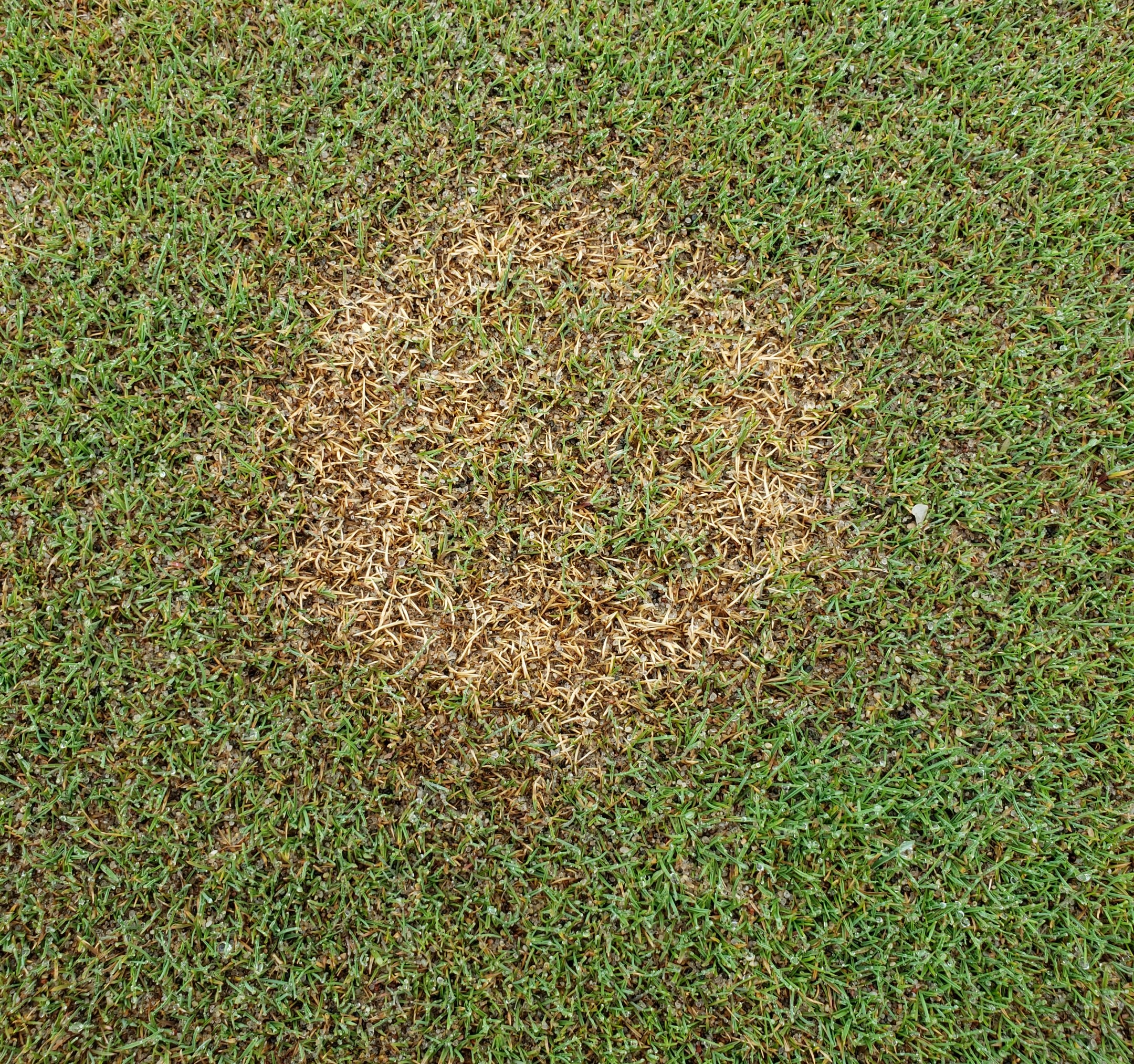By Shui-zhang Fei, Department of Horticulture, Iowa State University, Ames, IA
Perennial turfgrasses must endure environmental extremes that occur during months of extreme weather in order to survive. They respond to biotic or abiotic stresses through a series of highly coordinated changes in expression of genes that play important regulatory roles in adapting to a particular stress. Some genes will greatly alter their expression, either increased or decreased, while the expression of genes not involved in modulating the stress response may not see significant changes. These gene expression changes eventually lead to observable physiological or morphological changes that contribute to enhanced stress tolerance. Genes with altered expression in response to a particular stress, known as differentially expressed genes (DEGs) are strong candidates for in-depth studies aimed at elucidating the molecular mechanism underlying the stress tolerance. DNA markers can be developed for these candidate genes and are used to assist development of cultivars with improved stress tolerance.
Transcriptome analysis is the sequencing and the analysis of the abundance of messenger RNAs (mRNAs), transcribed from genes. The relative abundance of each type of mRNA reflects the expression level of a particular gene. Transcriptome analysis has become a powerful tool and is one of the key -omics strategies in identifying candidate genes for breeding stress-resilient turfgrass cultivars. Bandana Bhusal and Kavi Acharya, two PhD students in my lab, plan to use transcriptome analysis to identify candidate genes in response to either freezing stress in perennial ryegrass (Lolium perenne) or to infection by causal pathogens of gray and pink snow mold disease in creeping bentgrass (Agrostis stolonifera).
Use of transcriptome analysis to identify candidate genes in perennial ryegrass in response to subzero temperatures
Perennial ryegrass is known for its fast establishment and good wear tolerance, and is widely grown in sports fields, lawns and golf courses. Perennial ryegrass is much less winter hardy than many of its cool-season grass peers in stress tolerance and can be winter killed or injured. Cold hardiness in perennial ryegrass is greatly enhanced by a period of exposure to low, non-freezing temperatures, a process known as cold acclimation. This physiological adaptation requires vast metabolic and cellular changes, including expression of cold-responsive genes, changes in membrane lipid composition, accumulation of cryoprotectant molecules, etc. These changes improve the plant’s ability to survive freezing temperatures and play a vital role in overall winter hardiness by managing stress factors such as low temperatures, ice encasement, snow, etc. Exposure to subzero temperatures has been shown to further increase freezing tolerance in several plant species. Yet, whether this also occurs in perennial ryegrass remains unknown. We hypothesize that a prolonged exposure to subzero temperatures following an acclimation at a low, but nonfreezing temperature, further increases freezing tolerance in perennial ryegrass.
To test this hypothesis, we will use two USDA GRIN perennial ryegrass accessions, PI 229476 and PI 598433, that have been determined to have contrasting phenotypes in low temperature tolerance by colleagues at the University of Minnesota. We are currently clonally propagating each accession. Once a sufficient number of clones/ramets are produced, we will expose the cold susceptible accession, PI 229476, and the more tolerant accession, PI 598433, to subzero temperatures for various lengths of time following the regular cold acclimation. After the exposure to subzero temperatures, we will collect the plant tissues, extract RNA, and sequence them. We will analyze the abundance of each gene in the two accessions at different sampling times to identify differentially expressed genes. This work will be done in collaboration with collaborators at USDA ARS in Logan, UT. In parallel, we will assess the freezing tolerance at each time point for both accessions via either regrowth test method or by measuring ion leakage. The results from this study will shed some light on the effect of exposure to subzero temperatures on increasing freezing tolerance in perennial ryegrass and will assist developing perennial ryegrass cultivars with superior winter hardiness.
Use of transcriptome analysis to identify candidate genes in creeping bentgrass in response to infection by gray and pink snow mold pathogens
Creeping bentgrass is widely grown on golf course greens and fairways due to its tolerance to close mowing, high shoot density and fine leaf texture that result in highly desirable playing surfaces. Creeping bentgrass has adequate freezing tolerance; however snow mold diseases, including gray and pink snow mold, thrive under snow cover aided by moisture and limited airflow and can pose a serious challenge to turfgrass managers. Gray snow mold, which is caused by the fungus Typhula spp., shows symptoms of yellow-green spots initially. It extends as circular patches of matted, grayish mycelium on the turf surface. Pink snow mold, caused by Microdochium nivale, forms yellow-green, circular spots in the leaf initially. Later these spots are covered by pinkish to reddish patches with fluffy mycelium.

Advancements in molecular biology have enabled us to understand the mechanisms underlying plant-pathogen interactions. We will use the same transcriptome analysis strategy described for perennial ryegrass to identify candidate genes that regulate snow mold diseases by determining differentially expressed genes in response to snow mold pathogen infection. To do this, we will use creeping bentgrass genotypes with contrasting phenotypes to either pink or gray snow mold disease as determined by Dr. Paul Koch at the University of Wisconsin-Madison. Both the resistant and susceptible genotypes will be challenged with the casual pathogen for either pink or gray snow mold disease by Dr. Koch’s group. Leaf tissues will be collected from both genotypes at various times post infection and sent to us for RNA isolation and sequencing. Relative mRNA abundance will be analyzed to identify the differentially expressed genes for each disease. Candidate genes deemed responsible for creeping bentgrass – snow mold pathogen interaction will be of great value in understanding host response and disease progression and will help develop new creeping bentgrass cultivars with improved snow mold resistance.